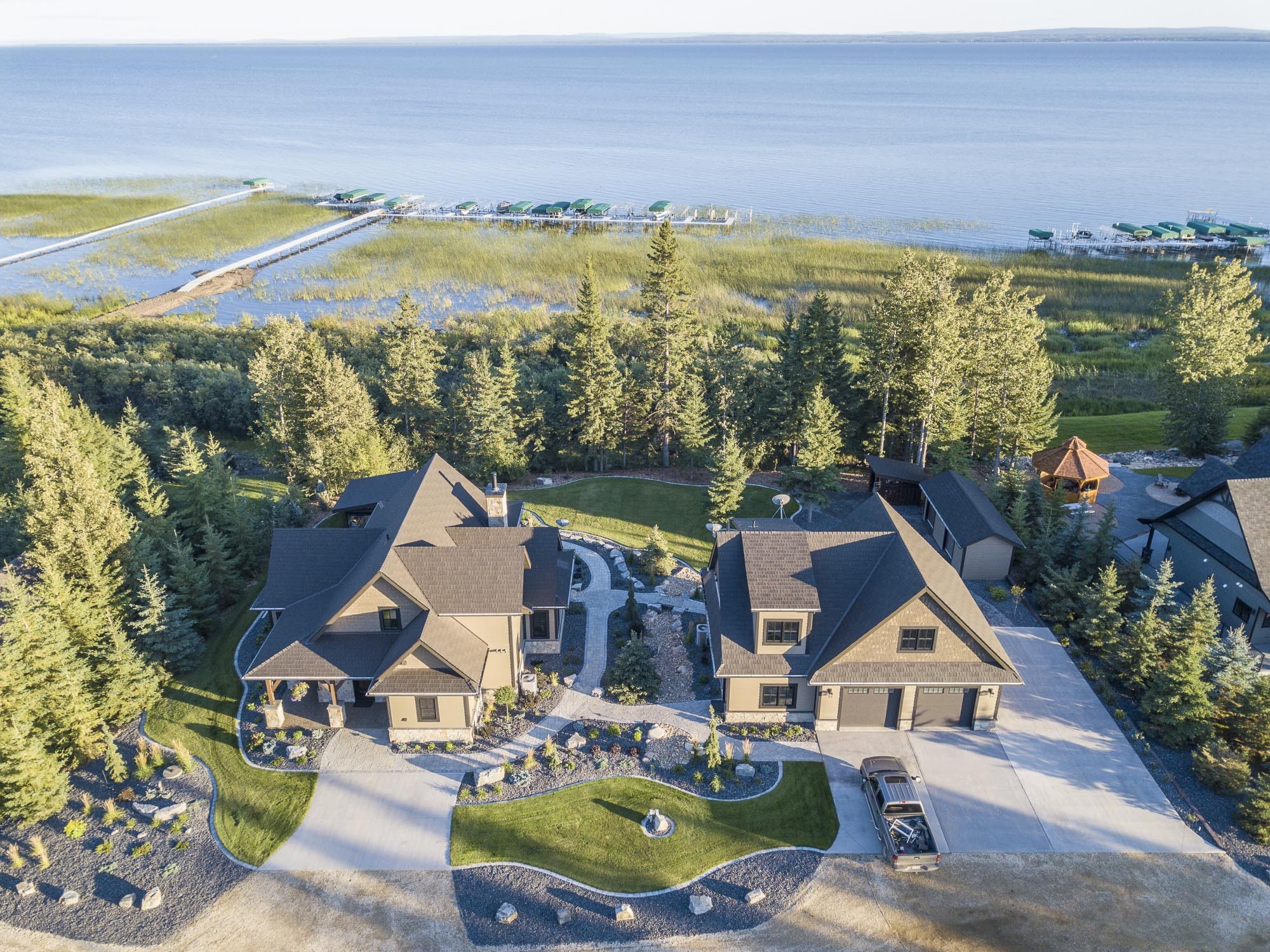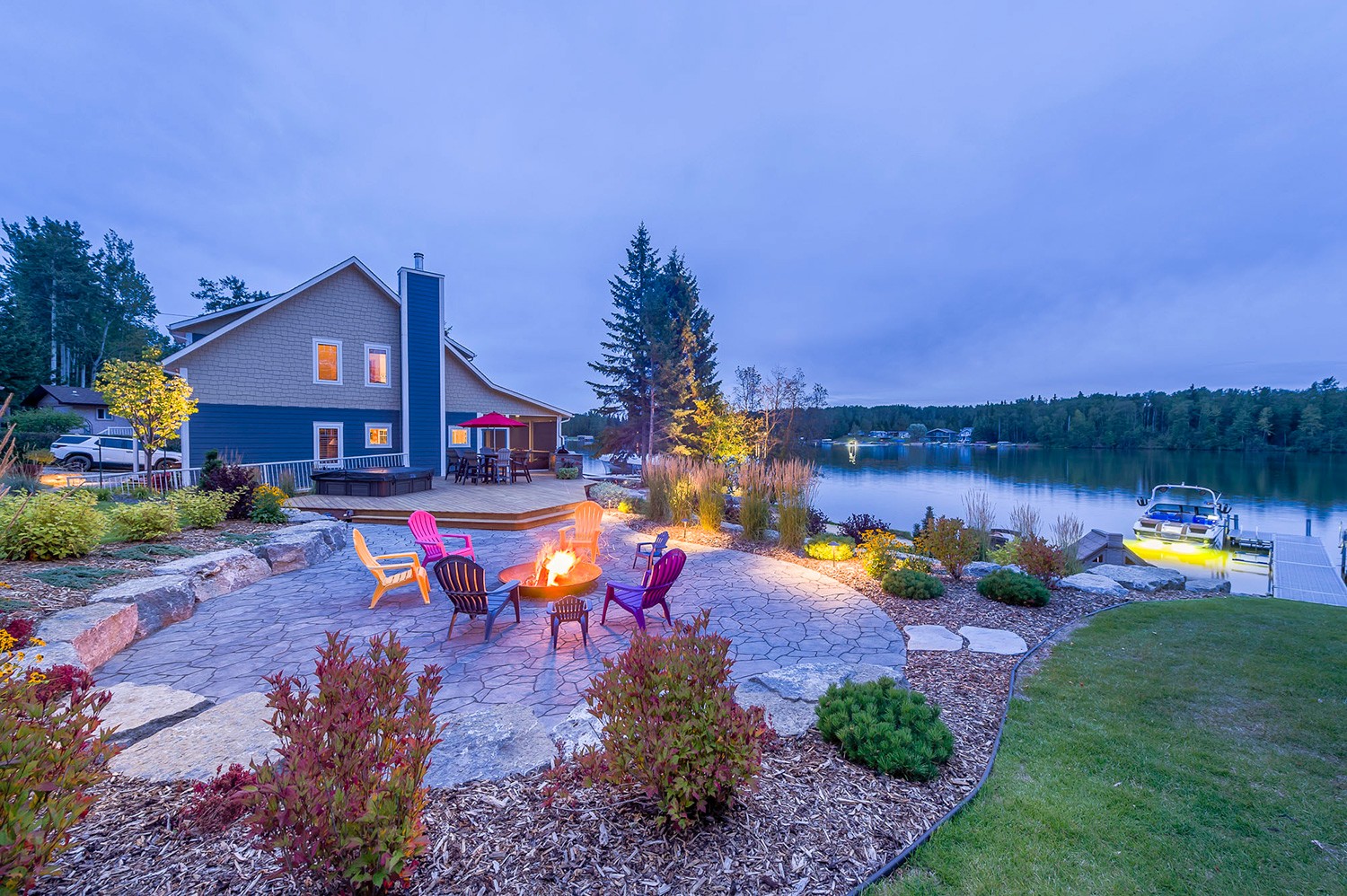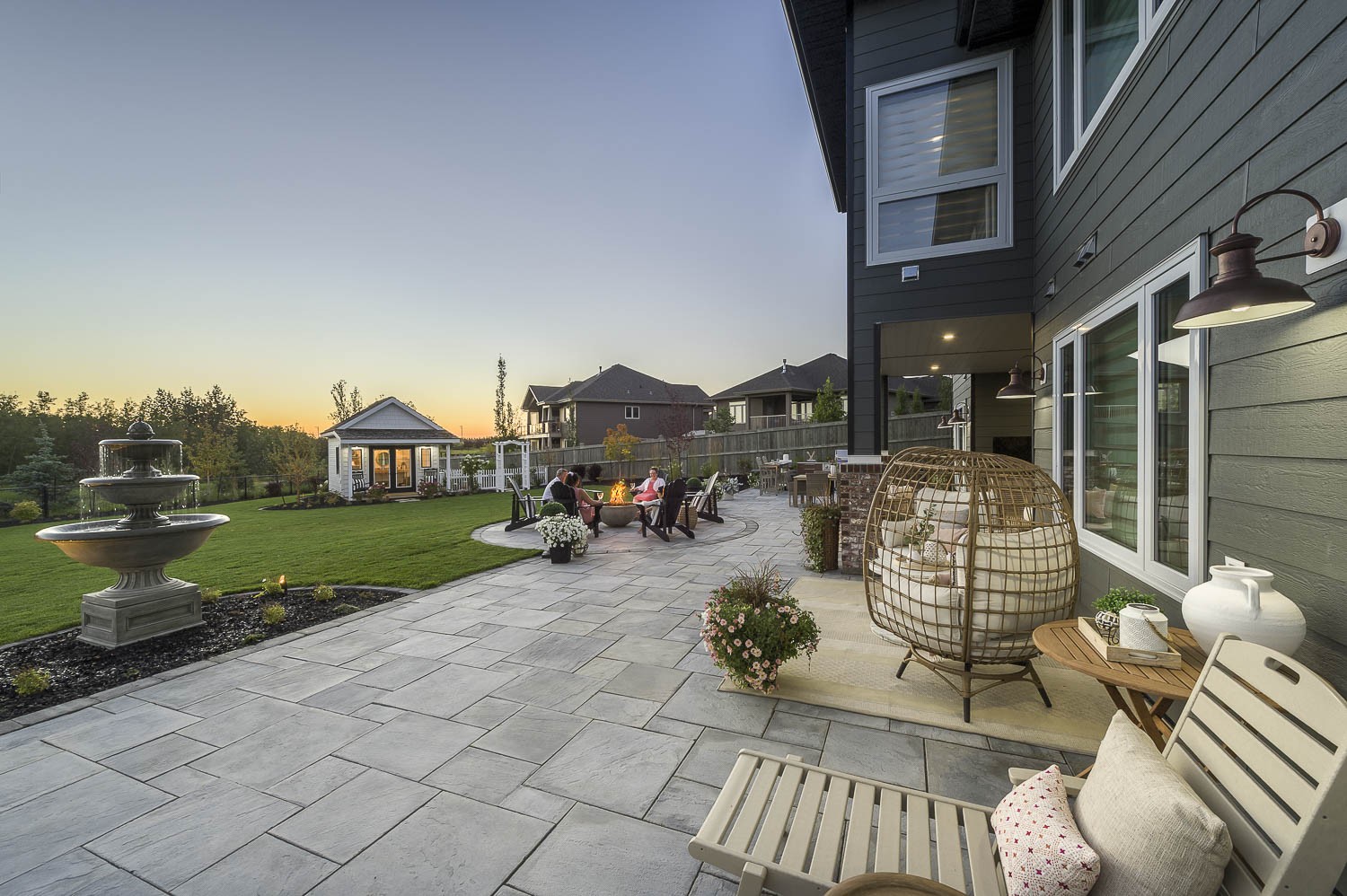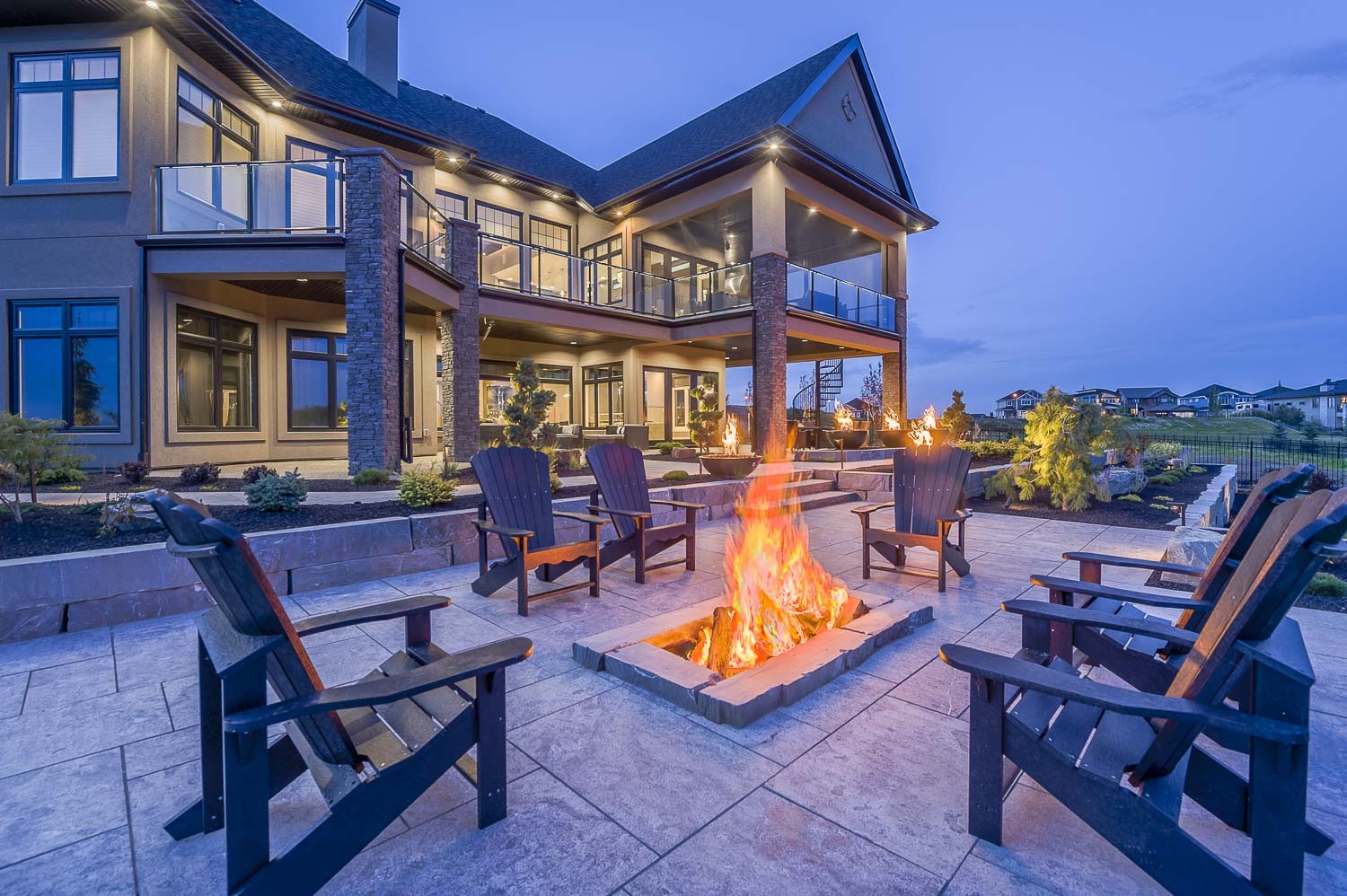Blog
How to Prepare for Your First Landscaping Consultation

Are you ready to transform your outdoor space into a beautiful oasis? The first step is scheduling a landscaping consultation, but preparing for that meeting can be overwhelming. Don't worry - we've got you covered! In this blog post, we'll walk you through everything you need to know to make the most of your first landscaping consultation. From setting goals to gathering inspiration, we'll help you get organized and ensure that your vision becomes a reality. Let's dive in!
Importance of preparing for a landscaping consultation
Preparing for a landscaping consultation is crucial to ensure that you get the most out of this meeting. It not only helps you make better-informed decisions but also makes it easier for your landscaper to understand your vision and provide personalized recommendations. In this section, we will discuss why preparing for a landscaping consultation is vital.
1. Helps You Define Your Goals and Expectations
Before attending a landscaping consultation, it is essential to have a clear idea of what you want to achieve with your outdoor space. Do you want to create a serene retreat or an area perfect for entertaining guests? Are there any specific features or elements that are non-negotiable? Preparing answers to these questions beforehand will help streamline the discussion during the consultation, allowing you to communicate your goals clearly.
2. Maximizes Time and Efficiency
By having a clear understanding of what you want from your landscape design, you can save both yours and your landscaper's time during the consultation. This will allow them to focus on providing relevant advice tailored specifically to meet your needs rather than spending time trying to understand what it is that you are looking for. Being prepared beforehand also ensures that no important details or requirements are missed during the meeting. This will ultimately lead to more efficient use of time and resources throughout the entire landscaping project.
3. Enables Realistic Budget Planning
Being well-prepared before attending a landscaping consultation allows you to have realistic expectations when it comes to budget planning. By doing some research beforehand on average costs for different landscaping elements and materials, you can have a better understanding of what is feasible within your budget. This will also help you make informed decisions during the consultation without any surprises once the project starts.
Tips on how to prepare for a landscaping consultation
Landscaping consultations are an important first step in creating your dream outdoor space. It is during this initial meeting that you will discuss your ideas and vision with a professional landscaper, who will then provide valuable insights and recommendations to turn your vision into reality. To make the most out of this consultation, it is essential to come prepared. Here are some tips on how to prepare for a landscaping consultation:

Tip #1: Gather site plans and measurements
It's important to have all the necessary information at hand, this includes site plans and accurate measurements of your property. Having these details ready will not only make the consultation process smoother but also help you and the landscaper to visualize potential designs more effectively.
Site plans are detailed drawings that show the layout, features, and dimensions of your property. These can typically be obtained from your local government or building department, or you may already have them if you recently bought or built your home. If you don't have one readily available, it's worth taking the time to get a copy before your consultation.
In addition to site plans, accurate measurements of your property are crucial for an effective consultation. This includes measuring the length and width of your entire property as well as specific areas that may be relevant for landscaping such as yards or garden beds. You should also measure any existing structures on your property that you want to incorporate into the design.
Tip #2: Take photos of your current landscape
Why are photos necessary? Well, for starters, they provide a visual representation of your outdoor space. This can be especially helpful if you have trouble describing or envisioning certain areas of your landscape. Photos also capture important details that may be overlooked in a written description, such as the slope and elevation of your land, the placement of existing structures or features, and any potential problem areas.
So, what kind of photos should you take? The short answer is: as many as possible! You want to make sure that you have a comprehensive view of your entire property. Start by taking overall shots from different angles so that the landscaper can get an idea of how everything is laid out. Then, move on to taking close-up shots of specific areas that may need attention or where you have particular ideas in mind.
Additionally, don't be afraid to include any problem areas or eyesores in your photos. These may include dead patches of grass, overgrown shrubs or trees, or outdated features that you want to replace. By including these in your visuals, the landscaper will have a better understanding of what needs addressing and can offer solutions during the consultation.
Tip #3: Create a wish list of desired features
A wish list will not only help you communicate your vision to the landscaper, but it will also serve as a guide throughout the design process. Here are some tips on how to create an effective wish list for your landscaping project:
1. Evaluate Your Current Space: Start by taking a good look at your current outdoor space and identifying its strengths and weaknesses. Evaluating your current space will give you a better understanding of what needs to be improved or added in the new design.
2. Consider Your Lifestyle: Think about how you want to use your outdoor space and what activities are important to you. Understanding how you want to use the space will help determine which features are essential on your wish list.
3. Research Inspiration: Browse through magazines, websites, and social media platforms such as Pinterest or Instagram for inspiration. Save images of landscapes that catch your eye and make note of specific features that appeal to you.
4. Prioritize Your Needs vs. Wants: To avoid getting carried away, divide your list into two categories: needs versus wants. Start with features that are non-negotiable for achieving your ideal outdoor space. Then move on to desirable elements that can be added if the budget allows.
5. Be Realistic: Keep in mind that not all features will be feasible or practical for your specific landscape. Your landscaping professional can help guide you in making informed decisions based on your wants and needs.
Tip #4: Consider your budget and timeline
It's important to determine a budget for your landscaping project. This will help guide you in making decisions about what features or elements you can afford and which ones may need to be adjusted or removed. It is essential to be honest and transparent with your budget so that the landscaper can provide recommendations that align with what you're willing to spend.
Along with setting a budget, it's also crucial to establish a timeline for your project. This includes determining when you would like the work to start and how long you anticipate it taking. Keep in mind that certain projects may take longer than others, and unexpected delays can occur due to weather or other unforeseen circumstances. Being flexible with your timeline may help prevent any unnecessary stress or disappointment.
Being upfront and open about your budget and timeline during the consultation will ensure that you and the landscaper are on the same page. This will help create a realistic plan for your project that meets both your expectations and financial capabilities. Remember to keep an open mind and be willing to make some adjustments to achieve the best possible outcome within your means.
Tip #5: Research and gather inspiration
The first step in this process is to do some research on different landscaping styles and designs. Look through magazines, websites, and social media platforms like Pinterest for ideas that speak to you. Consider the overall aesthetic you are drawn to – whether it be modern, rustic, or traditional – as well as specific elements such as plants, hardscaping features, or color schemes.
Additionally, take note of any specific landscaping features or problems in your own yard that you would like addressed during the consultation. For example, if you have a sloped yard that needs terracing or an awkwardly shaped patio that could benefit from a redesign. Having these details in mind beforehand will allow the landscaper to provide more accurate recommendations during the consultation.
Another helpful way to prepare for your consultation is by creating a mood board or collage of images that inspire you. This can be done physically with magazine cutouts and glue on a poster board or digitally using online tools like Canva or PicMonkey. Not only will this give the landscaper a visual representation of what you are looking for, but it will also help clarify your own ideas.
Tip #6: Prepare questions to ask during the consultation
During a landscaping consultation, it's important to have a list of questions prepared to ask the landscaper. This will not only help you gather necessary information about the project, but also show the landscaper that you are invested and serious about your landscaping goals.
1. Think about your landscaping goals: Before meeting with the landscaper, take some time to think about what you want to achieve with your landscape. Knowing your goals will help you form relevant questions for the consultation.
2. Write down your concerns: If there are any areas of concern on your property, make sure to write them down and mention them during the consultation. The landscaper will be able to provide solutions and address these concerns if they know about them beforehand.
3. Ask about their experience: It's important to find out how much experience the landscaper has in designing and implementing projects similar to yours. You can ask for references or examples of their previous work in order to get an idea of their capabilities.
4. Inquire about their process: Every landscaper may have a different way of approaching a project. It's important to ask them about their process so that you can understand how they plan on transforming your space into something beautiful and functional.
5. Discuss maintenance requirements: Landscaping projects require maintenance in order to keep them looking healthy and vibrant. Make sure to inquire about what kind of maintenance is required for your specific project and if it fits within your budget.
6. Ask for an estimated timeline: During the consultation, it's important to discuss when the project will begin and how long it will take until completion. This information is crucial in planning ahead and ensuring that you are satisfied with the timeline.
7. Discuss budget: It's important to have a clear understanding of the costs associated with your landscaping project. Make sure to ask for an estimate and if there are any additional fees or charges that may arise during the course of the project.
Overall, preparing for your first landscaping consultation is an important step in creating a beautiful and functional outdoor space. By following these tips and gathering the necessary information, you can have a productive meeting with your landscaper and start planning the landscape of your dreams. Remember to communicate clearly and ask questions while also being open to new ideas and suggestions. With thoughtful preparation, you will be on your way to transforming your outdoor living area into a stunning oasis that reflects your personal style and needs.


